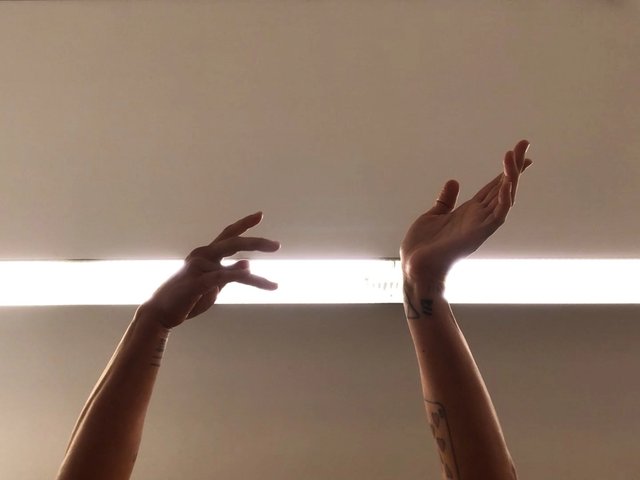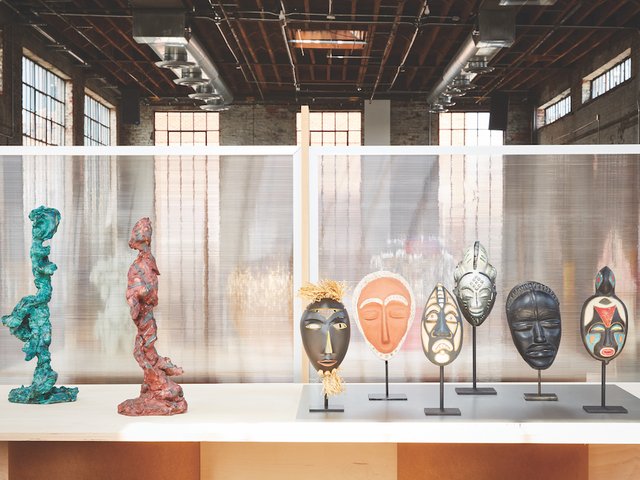Henri Matisse declared in 1972: “A work without drawing is a house without a framework.” The foundational medium is set to reinvigorate part of the London market with Tracing Time (26 June-5 July), a selling exhibition at No. 9 Cork Street of drawings from the past 500 years, in a format tailor-made for these challenging economic times.
Timed to coincide with the Classic Art London series of exhibitions in Mayfair and St James’s (23 June-4 July), Tracing Time sits somewhere between a group show and a salon-style fair. It is organised by Trois Crayons, the London-based online platform co-founded in 2023 by the investor Sebastien Paraskevas and the drawings specialists Alesa Boyle (of Stephen Ongpin Fine Art) and Tom Nevile (of Day & Faber).
Now in its second year, the exhibition will more than double its number of participating galleries, from 17 to 35, and include works by Giovanni Domenico Tiepolo, Gustav Klimt and Françoise Gilot. Its format and ambition also offer fresh insight into this connoisseur-minded niche of the art market.
Alternatives to the typical fair model
Trois Crayons, which takes its name from an Old Master draughtsmanship technique, joins a lineage of drawing fairs experimenting with alternatives to the standard fair model. Each January since 2006, for example, Master Drawings New York (MDNY) has effectively transformed dozens of commercial galleries on New York’s Upper East Side (many of them typically accessible only by appointment) into the equivalent of brownstone stands, allowing out-of-own dealers to share spaces—a strategy that precedes the international gallery-share initiative Condo by a decade.
Allison Wucher, the executive director and co-founder of the New York-based non-profit and MDNY partner The Drawing Foundation, describes both approaches as “vital alternatives to the traditional art fair model”. She adds: “This more holistic approach to the ‘art fair’ creates a more inclusive event with a wider range of stakeholders and greater potential for innovation.”
There are minimal overheads for dealers taking part in Tracing Time. Instead of paying to rent, customise, install and staff a booth, galleries simply pay Trois Crayons a flat fee to handle all the logistics. Since the works are not consigned to the organisation, dealers retain 100% of the sales proceeds.
“Our model allows us to offer a presence at a lower price point for galleries when compared to fairs,” Paraskevas and Boyle tell The Art Newspaper. “This in turn allows them to present buyers with better prices, thus creating ideal conditions for buying.”
Participating dealers seem drawn to the flexibility of this stand-less model. “One big advantage is not having to cover the cost of staying in London for ten days,” says the Paris-based drawings dealer Nathalie Motte Masselink, who is returning for the second edition. Trois Crayons also assists with post-Brexit shipping logistics, which she cites as an additional draw.
Creating a social hub
One potential drawback of the model is the reduced opportunity for direct interactions between collectors and the participating dealers. While acknowledging the role that personal relationships play in the market, Paraskevas and Boyle also see advantages to their more open-ended approach.
Allowing visitors to enjoy the space without booths or dealers gives them an opportunity to choose their own rhythm and focusSebastien Paraskevas and Alesa Boyle, Trois Crayons
“We believe that allowing visitors to enjoy the space without booths or dealers gives them an opportunity to choose their own rhythm and focus,” they say. “Some visitors look at all drawings, some look only at things they are interested in, others visit daily to meet friends, using the space as a social hub.”
This salon-style presentation may also speak to evolving patterns in collecting strategies. “It seems that there is a growing segment of buyers who are increasingly drawn to compelling subjects and imagery, sometimes even more so than strict attribution,” says Wucher, pointing to recent auction results where enigmatic drawings by anonymous or lesser-known artists have exceeded their estimates.
Tracing Time’s mixed hang and unlimited admission has the advantage of spotlighting works across a wide range of price points, while also facilitating public access to both local and international dealers in this specialised corner of the art market.
“Relentless focus on the top lots might make medium-term economic sense, but it ignores the importance of the wider collecting community,” says Jonny Yarker, a partner at the London-based Old Masters gallery Lowell Libson & Jonny Yarker. “One factor that we’ve noticed is that the auction houses are no longer the default option for people. We find private collectors enjoy the tailored approach a specialist dealership like ours can offer.”
Ultimately, for dealers in this space, the act of showing drawings in London is valuable in itself. Pointing to the decrease in drawings-focused galleries over the past two decades, Motte Masselink says that it is more important to call attention to great drawings than the people consigning them. “If you want a market, you have to maintain it,” she says. “Being present helps sustain the market.”
• Tracing Time, No. 9 Cork Street, London, 26 June-5 July





